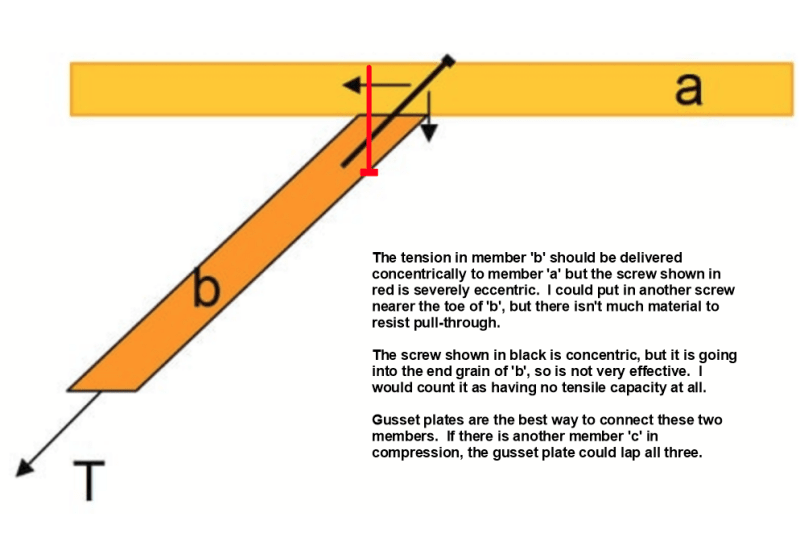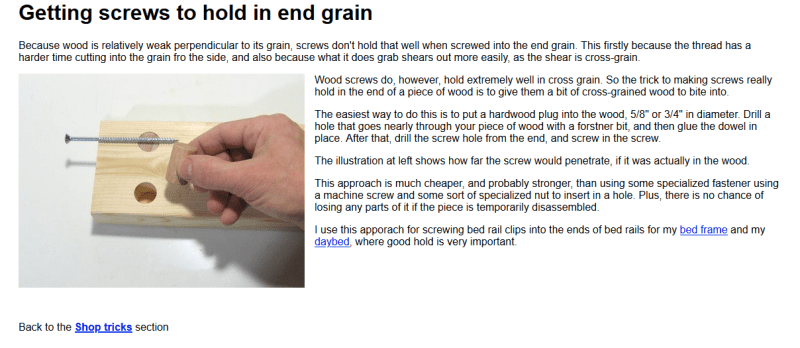PROFR
Structural
- Feb 28, 2019
- 33
I am trying to connect two LVL beams as shown below in which one of them will be under tension. I am using inclined lag screws. I checked the tension capacity of the screw embedded in member (b) considering the end grain condition and it is OK. I am not sure how to check the screw capacity in member (a). It there any check needed here?






